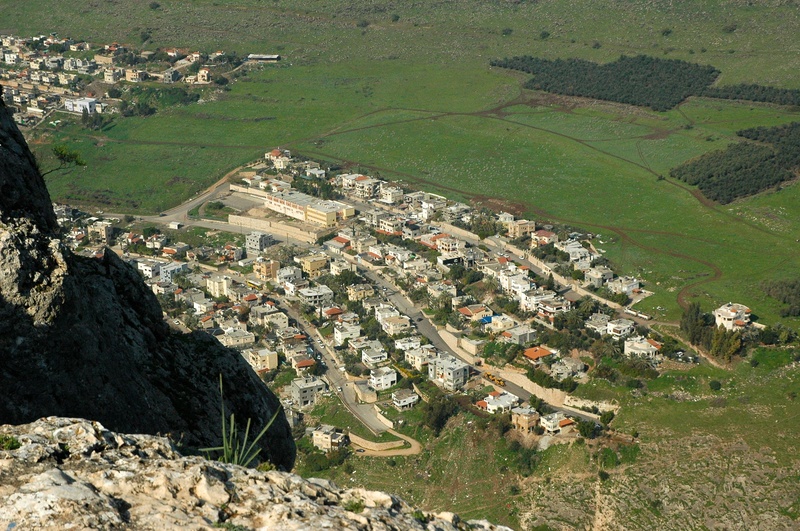ON THE ROAD, Israel—Driving through the United States can often feel like traversing endless miles of road, city, and scarcely a patch of a wilderness. On American soil, I have never felt in two places at once: We are almost always in the developed world or the natural world, and when we inhabit one we can be reasonably sure that the other is a long way away.
In Israel, it’s impossible to travel without weaving rapidly through city and nature. Israel’s two urban centers, Jerusalem and Tel Aviv, are just an hour’s drive from one another, and it is less than two hours from either city to the next largest—Haifa. You can scarcely even drive through a single major American metro area in an hour’s time. Of course, this makes sense: The United States is 40 times more populous and almost 500 times larger than the state of Israel.
But it’s not that cities in Israel are extremely close together so much as that the distinction between city and natural world is strikingly ill-defined. If in America you are never in both at once, in Israel you can rarely be sure which one you’re in—at least, not for long. Driving through Israel is instead like driving through the natural world with cities placidly growing out of it; there is no great contrast, and certainly no hostility, between settled and wild land.
The Torah refers repeatedly to Israel as “eretz rechava,” a spacious, expansive land, though it was tiny even by ancient standards. Admittedly, that’s probably because it was written by Israelites thousands of years ago. But it’s remarkable just how true that unlikely characterization is. In such a small place there is so much of everything so close together—forest, mountain, plain, and city, side by side and all intricately enlaced. The drive that I have taken so many times from St. Louis to Chicago takes as long as it would to traverse the entire state of Israel, but on that drive you look at nearly the same thing the entire time. The endless and empty expanse feels not expansive but suffocating, so unlike the expansiveness of Israel’s narrow contours.
Jewish thought additionally tells us that the difference between the lands of Egypt and Israel is that in Egypt a person in need of water takes it at will from the Nile, but in Israel, water is in short and unreliable supply, furnished not by man’s will but by God’s. Israel is a holy land for the rather unintuitive reason that its scarcity of water and material instability compels its people to depend on and develop a close relationship with the divine.
All of which points us to the intimate relation between nation, divinity, and geography in Judaism; Israel’s unimpressive size as well as its paucity of resources is thought to be not a weakness but a source of spiritual depth for the Jewish people. Even and perhaps especially to a secular person like me, it seems remarkable that Israel’s modest contours encompass such a spiritually expansive land.
Marina N. Bolotnikova ’14 is a Crimson editorial chair in Eliot House. Follow her on Twitter at @mbolotnikova.
Read more in Opinion
The Hills Are Alive













